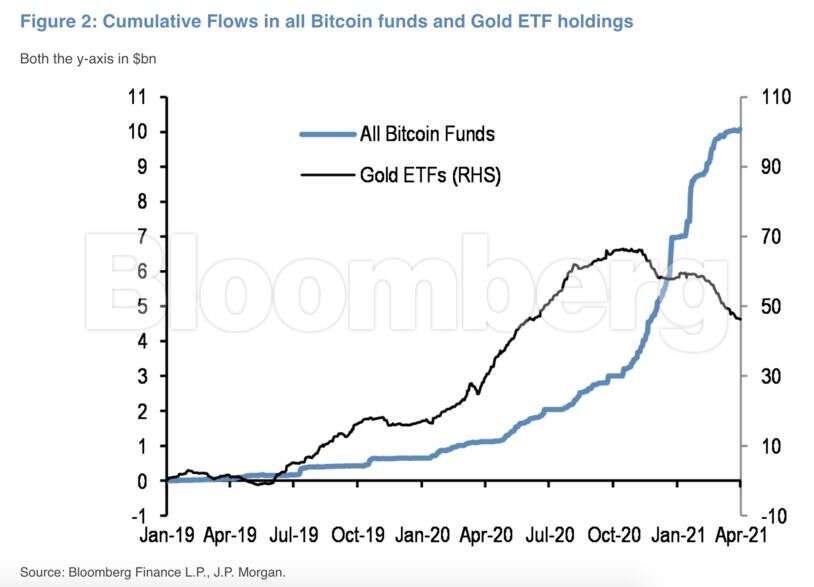Wall Street banks beat earnings estimates, see a boom ahead, BFSI News, ET BFSI
[ad_1]
Read More/Less
On Wednesday, executives at Goldman Sachs, JPMorgan Chase and Wells Fargo posted a huge jump in earnings in the January-March quarter and delivered a bullish economic forecast.
Goldman and JPMorgan reported profits roughly five times as high as in the first three months of 2020, thanks to a combination of strong business results and a reduction in the amount of money they had put aside to cover losses on loans. Wells Fargo reported profits that were seven times as high.
JPMorgan
JPMorgan earnings skyrocketed 477% to $4.50 a share. Revenue climbed to $33.12 billion. But earnings got a big boost from JPMorgan releasing $5.2 billion from credit loss reserves.
Consumer banking revenue fell 10% to $6.7 billion. Investment banking revenue more than tripled to $2.9 billion. Fixed income trading revenue grew 15% to $5.8 billion, and equities trading revenue jumped 47% to $3.3 billion. Commercial banking rose 11% to $2.4 billion. Asset management revenue swelled 20% to $4.1 billion.
Goldman Sachs
EPS of $18.60 on revenue of $17.7 billion. Investment banking revenue jumped 73% to $3.77 billion. Fixed income trading revenue climbed 31% to $3.89 billion, and equities trading revenue surged 68% to $3.69 billion. Asset management revenue shot up to $4.61 billion vs. a negative $96 million a year ago. Wealth management revenue grew 16% to $1.74 billion.
Provision for credit losses was a net benefit of $70 million, compared with net provisions of $937 million a year ago.
Wells Fargo
EPS of $1.05 on revenue of $18.06 billion. Provision for credit losses decreased $5.1 billion. Consumer banking revenue was flat at $8.65 billion. Commercial banking revenue fell 12% to $2.2 billion. Corporate and investment banking revenue grew 7% to $3.6 billion. Wealth management revenue rose 8% to $3.5 billion.
The boom ahead
Wall Street banks now see consumers tanked up on stimulus money spending huge and companies rushing to expand by buying or building new businesses, as the US emerges from the Covid-19 pandemic
“It is clear to me that the U.S. is poised for a strong recovery this year, led by consumer spending that is rebounding to pre-Covid levels,” David M Solomon, chief executive of Goldman Sachs, told analysts.
Jamie Dimon, his counterpart at JPMorgan Chase, the country’s largest bank by assets, took a similar view. “We believe that the economy has the potential to have extremely robust, multiyear growth,” Dimon said in a statement. He attributed his outlook to government spending on stimulus and infrastructure, supportive policies from the Federal Reserve and high hopes for the end of the pandemic.
According to an executive, bank earnings reveal a dramatic shift from an unprecedented downdraft in growth to a V-shaped recovery in the economy.
Provisioning
The three banks are set to reduce the cushion they had set aside at the start of the pandemic to withstand continued losses from credit cards, mortgages and other loans they had made.
JPMorgan released $5.2 billion of that credit cushion, and Wells reduced its cushion by $1.6 billion. Wells also noted provisioning for bad loans was at a historic low. Goldman also reduced what it had set aside by about $200 million.
[ad_2]
